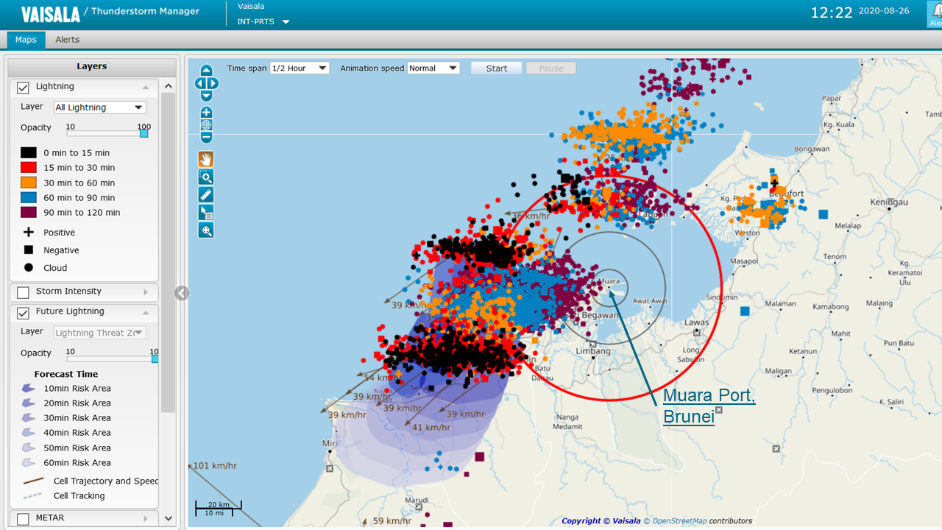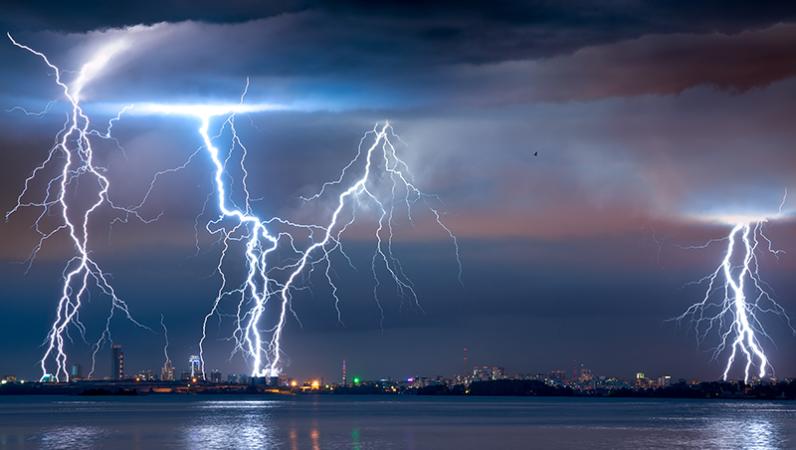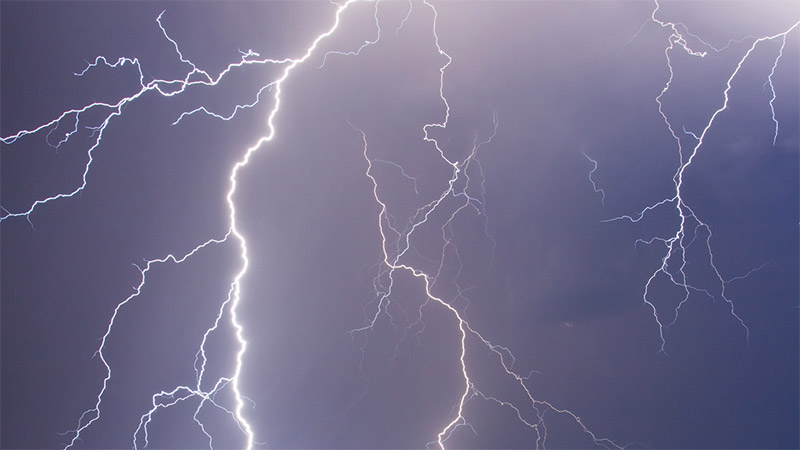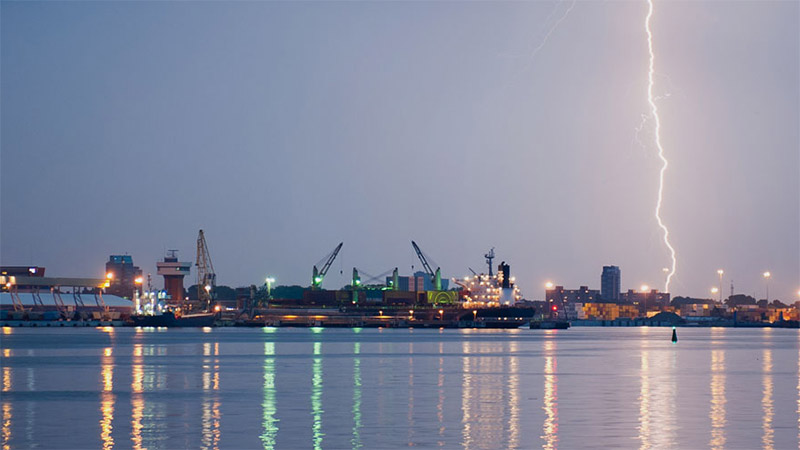Vaisala’s Global Lightning Dataset GLD360 now accurate to one kilometer
Vaisala’s Global Lightning Dataset GLD360 is distinct from any other lightning detection system for several reasons. It is truly global, seeing more than two billion lightning events every year, anywhere on Earth. It not only detects both in-cloud and cloud-to-ground lightning, but correctly distinguishes between the two. Our technical operators consistently achieve over 99.9% system uptime so organizations can depend on the data and alerts to keep their people safe from thunderstorms.
The best just got better
After almost two years of quiet work behind the scenes, Vaisala is proud to introduce the latest upgrade to our Global Lightning Dataset GLD360. We have completely rebuilt the backend processing software to improve the results that our users receive. The most exciting feature in this release is that we now locate lightning strikes with an accuracy of one kilometer.
When GLD360 was introduced over 10 years ago, location accuracy was in the 5-10 kilometer range. Our first major upgrade in 2015 massively increased detection efficiency (meaning we saw more lightning) and brought location accuracy under five kilometers. The 2018 upgrade to GLD360 3.0 made location accuracy much tighter, down to 2-1.5 kilometers. Starting today, GLD360 4.0 delivers one-kilometer median location accuracy.
This is a considerable technology breakthrough. When you consider that GLD360 sensors can detect lightning events over 10,000 kilometers away, it is even more impressive to pinpoint the location within such a small radius. This was most, um, striking last summer when GLD360 detected record-breaking lightning near the North Pole. Add that we now a) detect 10-15% more individual events and b) correctly classify cloud vs. ground lightning 85% of the time, this already industry-leading technology outdoes itself.
How organizations use GLD360
While the technology is impressive, far more important is what our customers do with it. First and foremost, we are proud to enable safety. Because GLD360 has a global reach, we can send alerts anywhere in the world via text, email, and through our Thunderstorm Manager software application. This gets people indoors when lightning danger is approaching, and then back on the job quickly once the “all-clear” is called. This was amplified last month when we introduced Lightning Threat Zone API, our one-hour lightning forecast that gives operators even earlier notice of approaching thunderstorms.

Safety of people is of course job #1, but many organizations also use GLD360 to protect assets in the field. The transportation industry – aviation, rail, road, marine – uses global lightning alerts. We have also seen increasing interest across the energy industry from pipeline operators and wind farms. These groups often have locations spread all over the globe, and GLD360 supports them all.
Next steps for GLD360 customers
Today we announce the new GLD360 4.0 upgrade, but we are not going to “flip the switch” just yet. Many of our customers want to test the new data stream alongside the current one, and we are happy to oblige. Any current customer can get both feeds for their internal testing purposes for no extra charge before we make the switchover this December.
We will describe the scientific details more fully at the AMS Annual Meeting in January 2021. If you want to learn how your organization can benefit from GLD360 lightning data and alerts, visit www.vaisala.com/lightning or as always, reach out to us for a personal response.




Add new comment